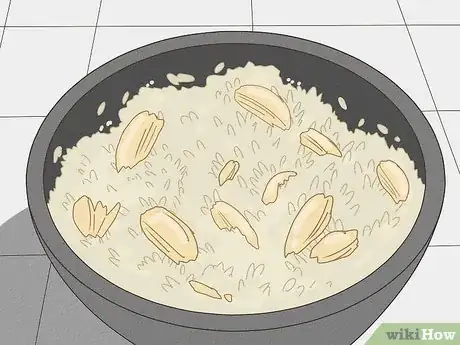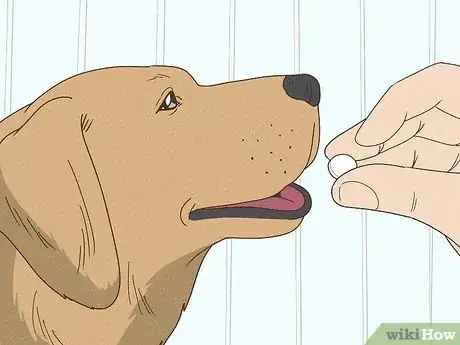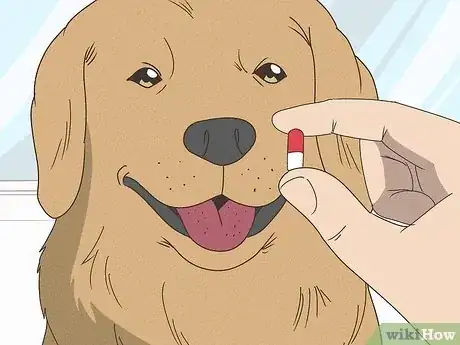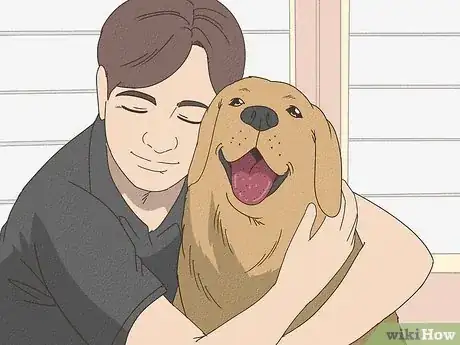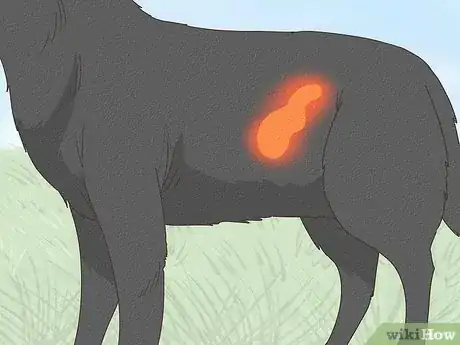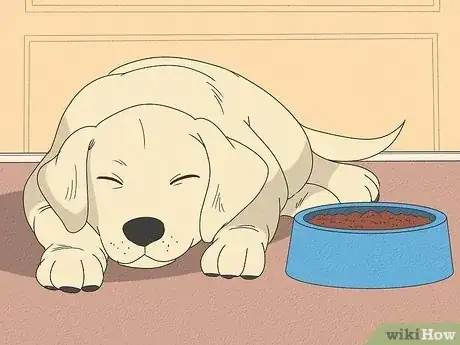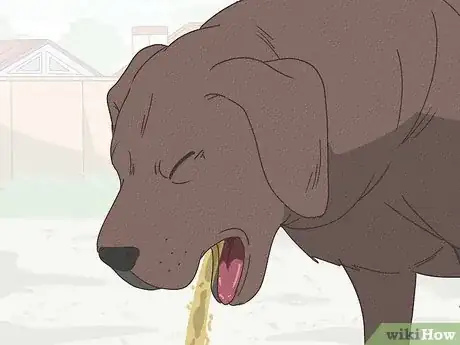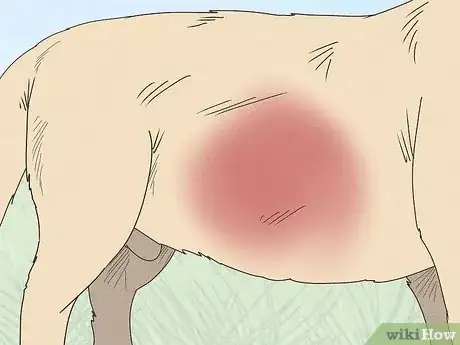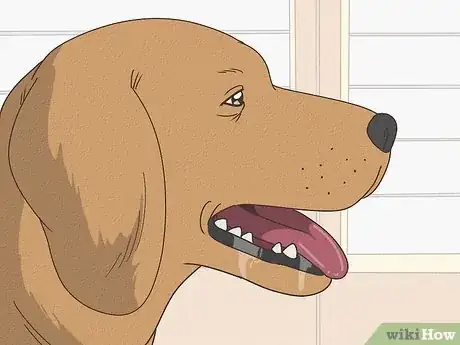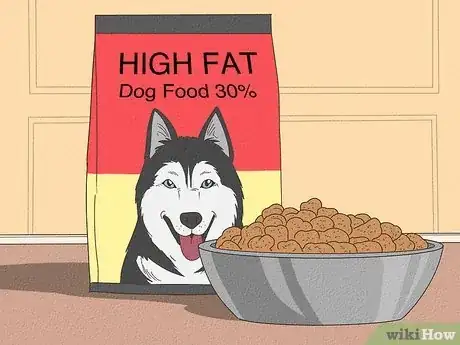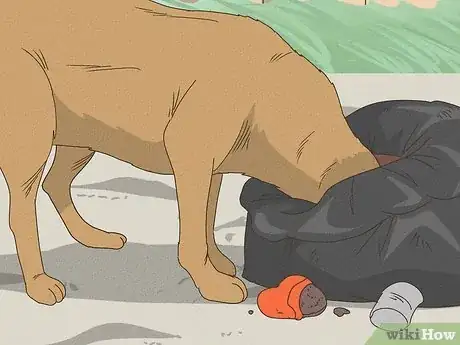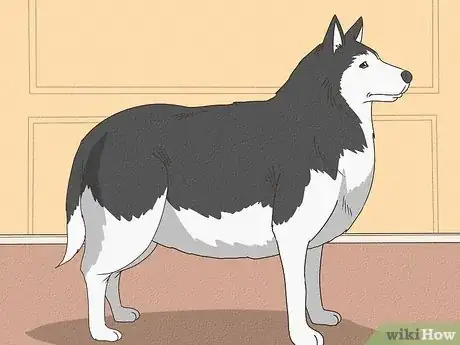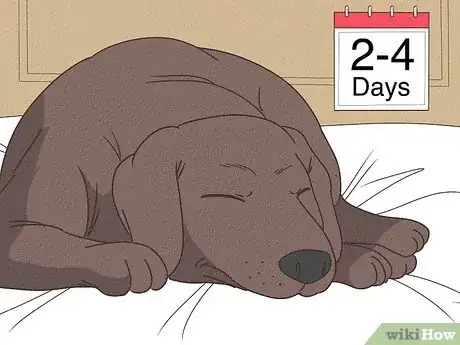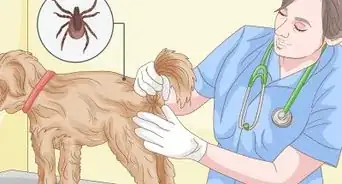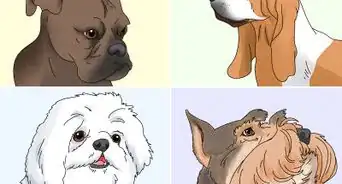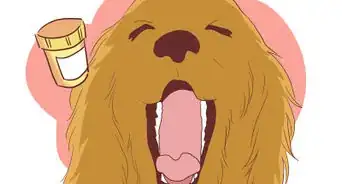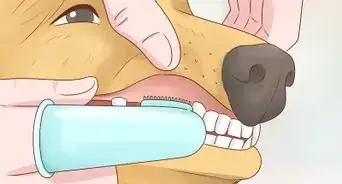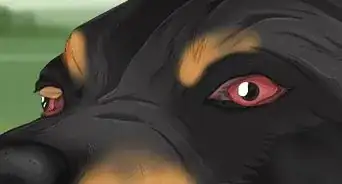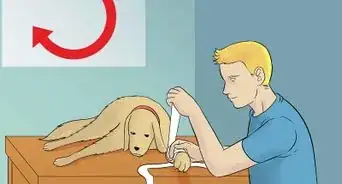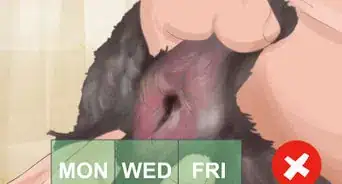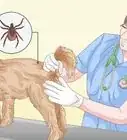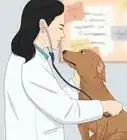This article was written by Ray Spragley, DVM and by wikiHow staff writer, Hannah Madden. Dr. Ray Spragley is a Doctor of Veterinary Medicine and the Owner/Founder of Zen Dog Veterinary Care PLLC in New York. With experience in multiple institutions and private practices, Dr. Spragley’s specializations and interests include non-surgical management of cranial cruciate ligament tears, Intervertebral Disk Disease(IVDD), and pain management in osteoarthritis. Dr. Spragley holds a BS in Biology from SUNY Albany and has a Doctor of Veterinary Medicine degree (DVM) from Ross University School of Veterinary Medicine. He is also a Certified Canine Rehabilitation Therapist (CCRT) through the Canine Rehab Institute as well as a Certified Veterinary Acupuncturist (CVA) through Chi University.
There are 8 references cited in this article, which can be found at the bottom of the page.
This article has been viewed 1,866 times.
When your vet diagnoses your dog with pancreatitis, it can be scary. You obviously want the best for your pup, and seeing them in pain and discomfort isn’t easy. Fortunately, there are some ways you can speed up the healing process and encourage them to eat as they recover at home with you. Read on as we share our expert tips on helping your dog with pancreatitis.
This article is based on an interview with our board certified veterinarian, Ray Spragley, founder of Zen Dog Veterinary Care. Check out the full interview here.
Things You Should Know
- Offer your dog several low-fat foods per day, like chicken, bone broth, and pumpkin puree.
- Give your dog pain medicine if it was prescribed by your vet to help ease discomfort. Give them anti-nausea medication to help settle and soothe their stomach.
- Cuddle your dog and give them extra love if they want it, or give them space if they don’t.
Steps
References
- ↑ https://www.amcny.org/pet_health_library/pancreatitis-in-dogs/
- ↑ https://www.akc.org/expert-advice/nutrition/six-foods-to-feed-your-dog-when-hes-sick/
- ↑ https://www.aaha.org/your-pet/pet-owner-education/ask-aaha/Pancreatitis-in-Pets/
- ↑ https://www.aaha.org/your-pet/pet-owner-education/ask-aaha/Pancreatitis-in-Pets/
- ↑ https://www.cesarsway.com/to-cuddle-or-not-to-cuddle-2/
- ↑ https://www.aaha.org/your-pet/pet-owner-education/ask-aaha/Pancreatitis-in-Pets/
- ↑ https://www.amcny.org/pet_health_library/pancreatitis-in-dogs/
- ↑ https://vcahospitals.com/know-your-pet/pancreatitis-in-dogs
- ↑ https://vcahospitals.com/know-your-pet/pancreatitis-in-dogs
- ↑ https://www.akc.org/expert-advice/health/warning-signs-dehydration-dogs/
- ↑ https://vcahospitals.com/know-your-pet/pancreatitis-in-dogs
- ↑ https://www.ncbi.nlm.nih.gov/pmc/articles/PMC2808289/
- ↑ https://www.pethealthnetwork.com/dog-health/dog-diseases-conditions-a-z/acute-pancreatitis-dogs
- ↑ https://www.amcny.org/pet_health_library/pancreatitis-in-dogs/
